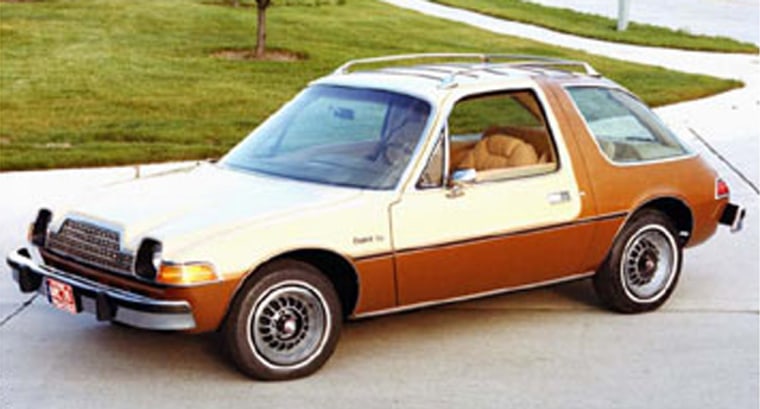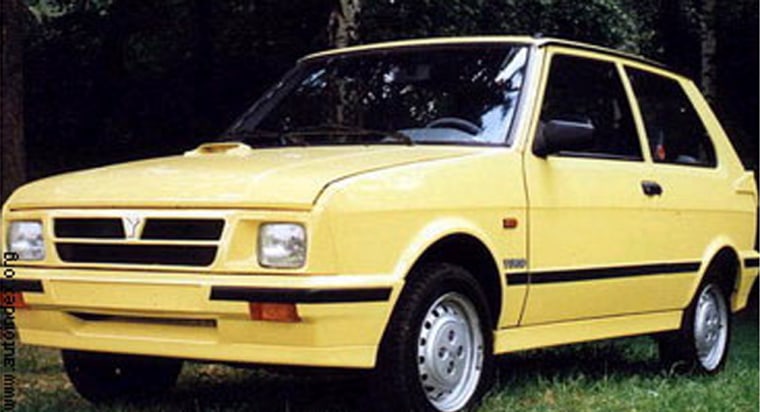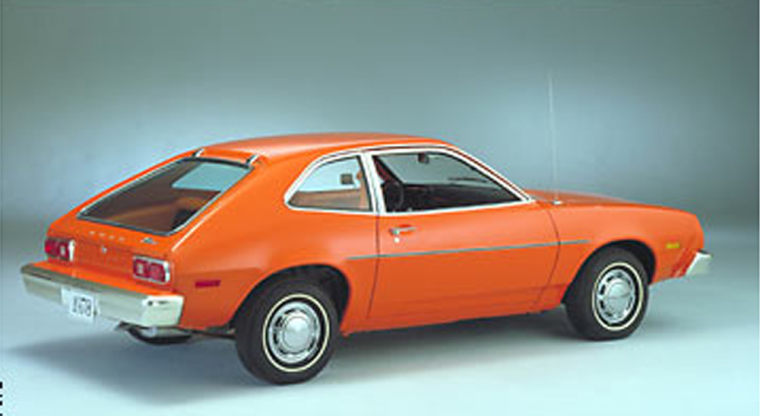The current lucky generation of automotive customers has no real understanding of how truly awful a car can be.
Even entry-level vehicles and subcompacts these days are surprisingly well made, thanks to a revolution started mainly by Japanese automakers like Toyota and Honda Motor. Honda's first-generation Accord came out in the days when Detroit was producing real stinkers like General Motors' Chevy Vega and Ford Motor's Pinto. Between that time and today, the Japanese proved to the world that just because a car was cheap, it didn't mean it also couldn't be a well-built, value-laden automobile that looked and drove well.
Now, it's hard to find poorly made cars at all. True, nascent auto industries in places like Sri Lanka, Vietnam and other developing nations are a long way from turning out flawless automobiles. But even here the general quality is ensured, because most of the manufacturers have joint ventures with Japanese and Western carmakers.
The Japanese influence has rippled across the auto business, from inexpensive vehicles to high-quality sports and luxury cars. Early in his career, Porsche's current president, Wendelin Wiedeking, shook up the company's inefficient, crowded factories by consulting Japanese manufacturing experts. The experts reorganized Porsche's plants, forging lean assembly lines that have made a once-reeling company highly profitable.

Modern cars, cheap or pricey, are expected to run all of the time. The days of seeing late-model cars on the side of the freeway in the summertime, smoke billowing from their hoods due to overheating, are over. Cars may be more complex now, but they can no longer be mediocre, and they must be cost-competitive.
While the rules of the game may be that simple to explain, their violation can be enough to kill an entire brand. All of the mainstream French and Italian automakers — and plenty of British ones — were, one by one, forced to abandon the U.S. because they neglected issues of quality, engineering and design. If you are expecting to read about a certain vehicle from Yugoslavia, you have come to the right place. (Yugo, by the way, could make a comeback in the U.S. if one-time and potentially future importer Malcolm Bricklin, who was also the first person to bring Subaru to the U.S., gets his wish.)
So how bad does a car have to be to make it on to our list?

"It depends on your definition," said Clarence Ditlow, executive director of the Washington, D.C.-based Center for Auto Safety. "People pick on a vehicle like the Yugo, which was just a generic lemon. The Ford Pinto was a safety lemon. The Chevrolet Vega was an engineering lemon. The Edsel was a styling lemon."
You will read about all of these cars here, mostly because we considered a variety of criteria when forming our list. The ideal candidates were, simply, lousy cars that didn't run, but we had other rules that were central to the endeavor:
- We had to limit the scope to cars made after World War II. Yes, the pool of automotive manufacturers that operate in the U.S. has thinned considerably since then as inferior makers have died. But we couldn't even begin to cover the hordes of rickety startups that failed in the early days of cars — companies that built the automotive equivalent of bathtub gin.
- We sought cars that fit certain descriptions: unsafe, poorly styled, poorly engineered, poorly considered, poorly marketed, were public relations disasters — or a combination of any of the above.
- We wanted a variety of vehicles from around the world, but also a colorful portrait of some of the most memorably bad vehicles in history. We could have picked on manufacturers that just built one bad car after another — there was more than one Yugo, after all — but then we would have ended up with a list of Russian Ladas and so forth.
- One-shot deals like the Rocket Car were not considered.
- Knowing in advance that we would consider at least some of our finds to be, actually, somewhat lovable vehicles, we gave special consideration to cars that were potentially noble ideas, but mismanaged. Pontiac's Fiero and Honda's Accord, both of which are on the list, started badly but got much better over time. Citroen's hydro-pneumatic suspension was an idea decades ahead of its time when it appeared on the 1954 Traction 15 Six H — and has grown over time into the hydractive suspension on modern Citroens. Unfortunately, as you will read, great ideas are not always executed well; early air or water suspensions were dubious, and Citroen's SM used both.
The result of our inquiry, you will find, is a tour de force of how cars can go wrong. The best we can say is that the days when these 14 vehicles you are about to see were made are, we hope, behind us.
